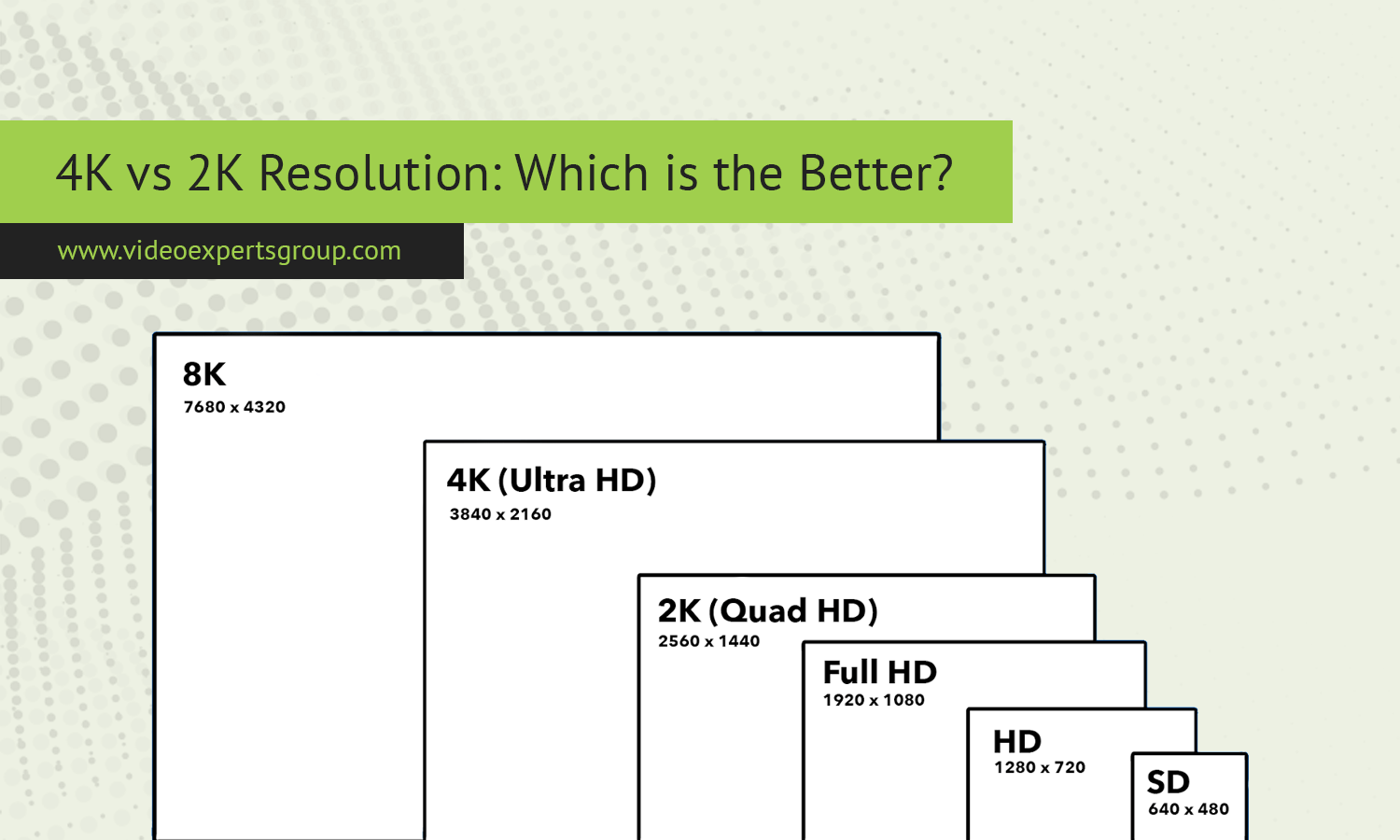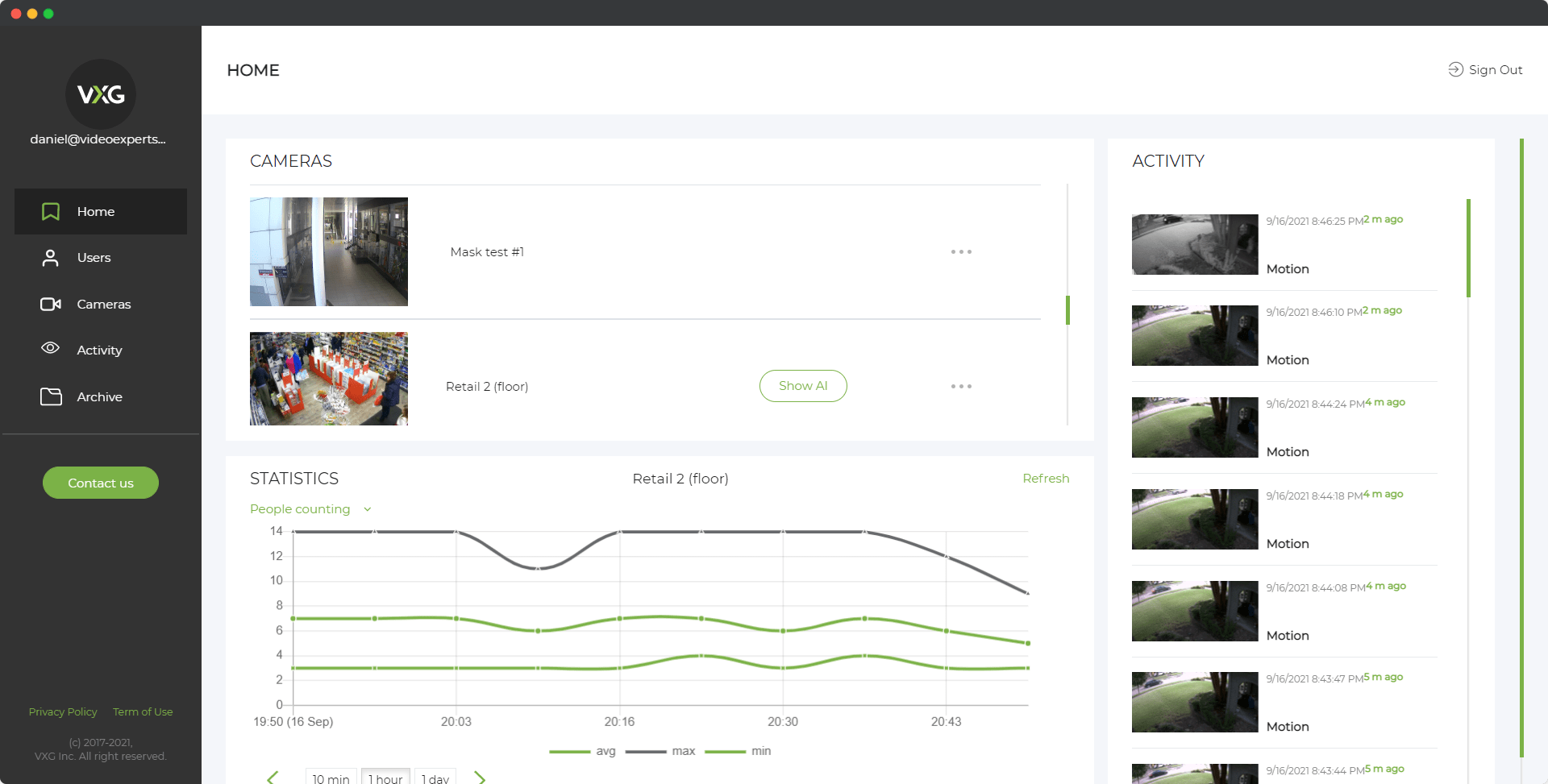When choosing between 4K and 2K resolution, it’s important to understand what each resolution represents and how it impacts your viewing experience. Both terms are frequently used in the world of displays, cameras, and video formats. The decision on which one is better largely depends on the context — whether it's for a television, security camera, or computer monitor.
What is 4K Resolution?
4K resolution refers to a display that has approximately 4,000 horizontal pixels, with the exact standard being 3840 x 2160 pixels (for most TVs) or 4096 x 2160 pixels (for cinema and production use). This offers four times the pixel count of Full HD (1920 x 1080), resulting in sharper and more detailed images. It is commonly used in high-definition televisions, professional cameras, and movie theaters.
- Pixel count: 3840 x 2160 or 4096 x 2160 pixels
- Aspect ratio: 16:9 or 17:9
- Total pixels: 8.3 million pixels (for 3840 x 2160)
- Applications: Ultra HD televisions, cinema production, gaming monitors, and high-resolution streaming
What is 2K Resolution?
2K resolution, on the other hand, is typically defined as 2048 x 1080 pixels, which is used mainly in digital cinema production. In more consumer-level applications, 2K is also referred to as 1080p or Full HD (1920 x 1080), and it serves as a common resolution for computer monitors, televisions, and cameras. It offers a good balance of image quality without requiring as much bandwidth or storage space as 4K.
- Pixel count: 2048 x 1080 pixels (2K DCI) or 1920 x 1080 pixels (Full HD)
- Aspect ratio: 17:9 (for 2048 x 1080) or 16:9 (for 1920 x 1080)
- Total pixels: About 2.1 million pixels
- Applications: Full HD televisions, streaming content, basic photography, and entry-level gaming
Image Quality Comparison: 4K vs 2K
The most noticeable difference between 4K and 2K is the level of detail and sharpness. The higher pixel density in 4K means that even when viewed up close, images remain crisp and clear, whereas 2K might appear slightly pixelated on larger screens or from a close distance. This makes 4K ideal for large-screen TVs, projectors, and displays that require ultra-detailed visual quality.
However, if you are using a smaller screen or viewing from a greater distance, the human eye may not be able to perceive the extra detail provided by 4K resolution. In these cases, 2K or Full HD may offer an adequate experience.
Performance: Processing Power and Bandwidth
4K content demands significantly more processing power from both hardware and software. For instance, streaming 4K movies or gaming in 4K resolution requires a faster internet connection, a more powerful graphics card, and a display that supports 4K playback.
- Bandwidth: Streaming 4K video requires a minimum of 25 Mbps, while 2K or Full HD can stream at just 5-10 Mbps.
- Storage: A 4K video file is much larger than a 2K file, taking up more storage space and requiring better compression technology for efficient handling.
Use Cases: When to Choose 4K or 2K
- For Home Entertainment: If you own a large-screen TV or enjoy watching movies and shows on a high-end setup, 4K is the better option. Streaming services like Netflix, Amazon Prime, and YouTube now offer an increasing amount of 4K content, enhancing the viewing experience.
- For Security Cameras: Security systems are increasingly offering 4K resolution, which provides clearer images, especially for identifying fine details like faces or license plates. However, 2K cameras are still highly reliable, offering a good balance of quality and affordability for general use.
- For Gaming: Hardcore gamers will prefer 4K for the most immersive experience, especially when combined with high dynamic range (HDR) technology. Casual gamers might stick with 2K or Full HD, which is easier on system resources and still offers excellent image quality.
- For Professional Work: In fields like video editing, graphic design, and photography, 4K is essential for working with high-resolution content. But for general office tasks or web browsing, 2K is often sufficient.
4K vs 2K: Pros and Cons
| Feature | 4K Resolution | 2K Resolution |
|---|---|---|
| Image Quality | Superior detail and sharpness | Still very good, but less detail |
| Screen Size Suitability | Ideal for large screens (55 inches and above) | Works well on medium or small screens |
| System Requirements | High processing power and fast internet | More economical, lower processing needs |
| Storage and Bandwidth | Requires more storage and higher bandwidth | More efficient for streaming and storage |
| Cost | More expensive in terms of devices and media | More affordable for budget-conscious users |
Whether 4K or 2K resolution is better depends on the specific use case. If you have the hardware to support it and want the highest quality experience, 4K is the superior choice. However, for general tasks, streaming, or moderate gaming, 2K resolution provides a more balanced, affordable option. Ultimately, 4K delivers a future-proof experience with stunning visuals, but 2K is still a highly capable and practical solution for many users.
















